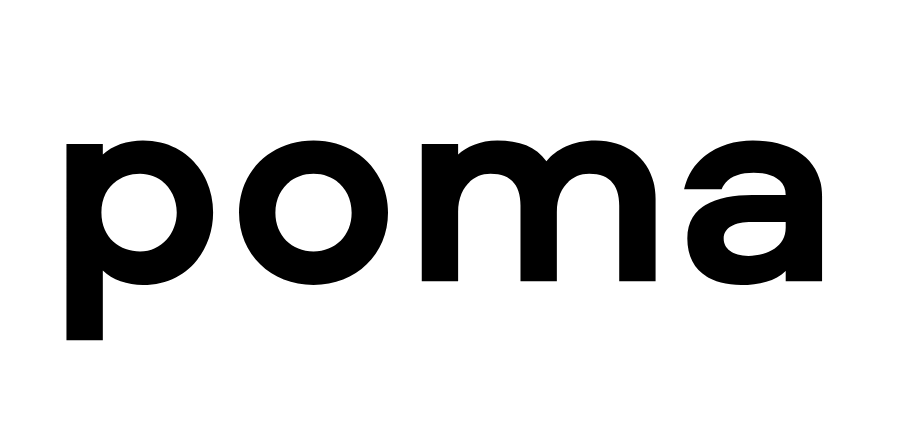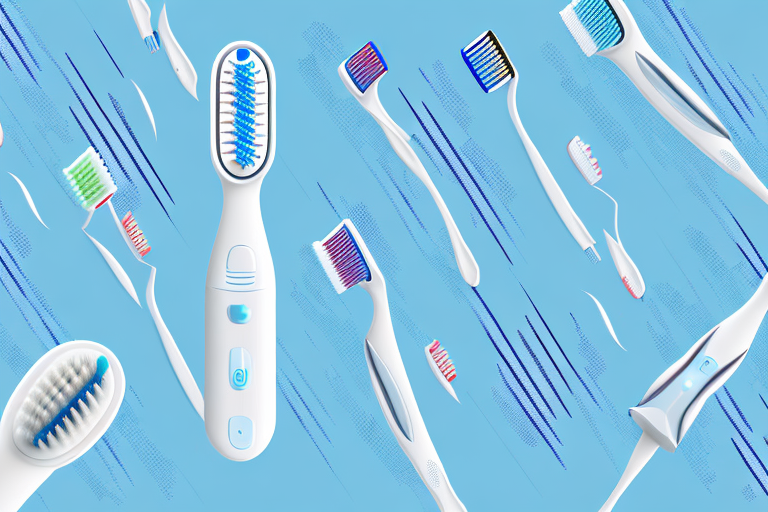Brushing your teeth is important for maintaining your oral health, and using an electric toothbrush can make this task easier and more effective. In this article, we will guide you through the various types of electric toothbrushes, how to prepare your electric toothbrush, proper brushing technique, and how to maintain and troubleshoot your toothbrush. Whether you are new to electric toothbrushes or have been using one for a while, read on to ensure you are getting the most out of your oral hygiene routine.
Understanding Electric Toothbrushes
Electric toothbrushes are a popular oral care tool that have been designed to provide effective cleaning through the use of rotating or oscillating brush heads. These brush heads can be either replaceable or disposable, and the toothbrush itself can be powered by a battery or rechargeable battery. Electric toothbrushes often come with additional features such as timers, pressure sensors, and multiple brushing modes, making them a great option for those looking for a more advanced and efficient way to clean their teeth.
One of the main benefits of using an electric toothbrush is that they are more effective at removing plaque than manual toothbrushes. The high frequency of the brush head can dislodge even the most stubborn debris, leaving your teeth feeling clean and fresh. Additionally, electric toothbrushes are gentler on your gums, reducing the risk of gum recession or damage to the soft tissue. This is because the brush head moves in a more controlled and consistent manner, ensuring that your teeth and gums are not subjected to unnecessary force or pressure.
Benefits of Using an Electric Toothbrush
Electric toothbrushes come with a range of benefits that make them a great option for anyone looking to improve their oral hygiene. Firstly, they are more effective at removing plaque than manual toothbrushes, as the high frequency of the brush head can dislodge even the most stubborn debris. Secondly, they are gentler on your gums, reducing the risk of gum recession or damage to the soft tissue. Additionally, electric toothbrushes often come with useful features such as timers and brushing modes that can help ensure you brush for the full two minutes recommended by dentists.
Another benefit of using an electric toothbrush is that they can be more efficient than manual toothbrushes. This is because the brush head moves in a more controlled and consistent manner, ensuring that all areas of your mouth are thoroughly cleaned. Additionally, electric toothbrushes often come with multiple brushing modes, allowing you to customize your brushing experience to your specific needs. For example, some toothbrushes have a sensitive mode for those with sensitive teeth or gums, while others have a deep clean mode for a more thorough cleaning experience.
Types of Electric Toothbrushes
There are two main types of electric toothbrushes: sonic and oscillating. Sonic toothbrushes vibrate at a high frequency, while oscillating toothbrushes rotate back and forth. Both types are effective at removing plaque and have their own unique features, so it is important to test out which type works best for your personal oral needs.
Sonic toothbrushes are known for their high frequency vibrations, which can help to dislodge even the most stubborn debris. They are also known for their ability to provide a deep clean, making them a great option for those with a lot of plaque buildup. On the other hand, oscillating toothbrushes are known for their ability to reach all areas of your mouth, including those hard-to-reach spots at the back of your mouth. They are also great for those with sensitive teeth or gums, as they are less likely to cause irritation or discomfort.
Features to Look for in an Electric Toothbrush
When choosing an electric toothbrush, there are several features to consider. Firstly, look for a brush head that fits comfortably in your mouth and can easily reach all areas of your teeth. This will ensure that you are able to clean your teeth thoroughly and efficiently. Secondly, consider any additional features that may be useful for your specific needs, such as pressure sensors or brushing modes. Pressure sensors can help prevent over-brushing, while brushing modes can provide a more customized cleaning experience.
Finally, ensure that the toothbrush is easy to clean and maintain, and that replacement heads are readily available. This will ensure that you are able to keep your toothbrush in good condition and replace the brush head when necessary. Some toothbrushes also come with a travel case or charging dock, making them a great option for those who are always on the go.
Preparing Your Electric Toothbrush
Electric toothbrushes have become increasingly popular in recent years due to their ability to provide a more thorough clean than manual toothbrushes. However, to get the most out of your electric toothbrush, it is important to properly prepare it for use.
Charging Your Electric Toothbrush
Before using your electric toothbrush for the first time, ensure that it is fully charged. Follow the instructions provided with your toothbrush to properly charge it, as some models require several hours of charging before first use. Once fully charged, your toothbrush should last for several weeks of regular use before requiring another charge.
A fully charged electric toothbrush not only ensures a more efficient clean, but it also saves you the hassle of having to stop mid-brush to recharge.
Choosing the Right Toothbrush Head
There are several different types of toothbrush heads available for electric toothbrushes. It is important to choose a brush head that fits comfortably in your mouth and can reach all areas of your teeth. Additionally, consider any specific oral concerns you may have, such as sensitive teeth or gum disease. Some toothbrush heads are designed specifically for these issues and may be more beneficial for your oral health.
When choosing a toothbrush head, it is also important to consider the bristle firmness. Soft bristles are recommended by most dentists as they are gentle on the teeth and gums, while still effectively removing plaque and debris.
Applying Toothpaste to the Brush Head
Once you have chosen the proper brush head, apply a pea-sized amount of toothpaste to the bristles. Remember, electric toothbrushes are designed to do the work for you, so there is no need to use excessive pressure or to scrub back and forth as you would with a manual toothbrush.
It is important to note that not all toothpastes are created equal. Look for toothpastes that contain fluoride, as this mineral helps to strengthen tooth enamel and prevent tooth decay.
Now that you have properly prepared your electric toothbrush, you can enjoy a more efficient and effective clean for a healthier smile!
Proper Brushing Technique
Holding the Electric Toothbrush
When using an electric toothbrush, hold the brush at a 45-degree angle to your teeth. Hold the brush head against your teeth with gentle pressure, allowing the brush bristles to do the work for you. An electric toothbrush should never be used with the same pressure as a manual toothbrush, as this can damage your gums and teeth.
Positioning the Toothbrush Head
Start brushing at the outer surfaces of your upper teeth, beginning with your molars and working your way forward. Brush each surface of your teeth for at least 2 to 3 seconds, taking care to reach the back teeth and the hard-to-reach areas. Once you have finished the outer surfaces of your upper teeth, repeat the process on the outside surfaces of your lower teeth, then move to the inside surfaces, and finally, brush the chewing surfaces of your teeth.
Brushing Motion and Pressure
When using an electric toothbrush, simply guide the brush head around your mouth using a gentle back-and-forth motion. Do not apply any additional pressure, as the brush head will provide all the necessary motion. Hold the brush head against each tooth for a few seconds, ensuring that every surface of the tooth is cleaned.
Cleaning Each Quadrant of Your Mouth
When brushing, divide your mouth into quadrants and spend at least 30 seconds brushing each one. Move from one quadrant to the next until your entire mouth has been thoroughly cleaned.
Brushing Your Tongue and Roof of Your Mouth
After brushing your teeth, use the electric toothbrush to gently brush your tongue and the roof of your mouth. This can help to remove any bacteria or debris that may be present in these areas.
Maintaining Your Electric Toothbrush
Cleaning and Storing Your Toothbrush
After each use, rinse your toothbrush thoroughly with warm water and store it in an upright position. It is important to keep the toothbrush dry between uses to prevent bacterial growth. Additionally, clean your toothbrush handle with a damp cloth periodically to ensure it remains clean and hygienic.
Replacing the Toothbrush Head
Replace your toothbrush head every 3 to 4 months or when the bristles become worn. This will help to ensure that your toothbrush remains effective at removing plaque and debris. Additionally, if you have been sick or have had an oral infection, replace your toothbrush head immediately to prevent the spread of germs.
Troubleshooting Common Issues
If you are experiencing any issues with your electric toothbrush, refer to the troubleshooting guide provided with your toothbrush. Common issues include a dead battery or brush head that is not rotating properly. Additionally, if the toothbrush is making excessive noise or is vibrating uncomfortably, it may be time to replace the brush head.
Conclusion
Using an electric toothbrush can be a game-changer when it comes to maintaining your oral hygiene. By following the proper techniques for preparation, brushing, and maintenance, you can ensure that your electric toothbrush remains effective and hygienic. Remember to choose the right toothbrush head, hold the brush at a proper angle, and guide the brush head gently around your mouth. With proper care, your electric toothbrush can keep your teeth and gums healthy for years to come.

